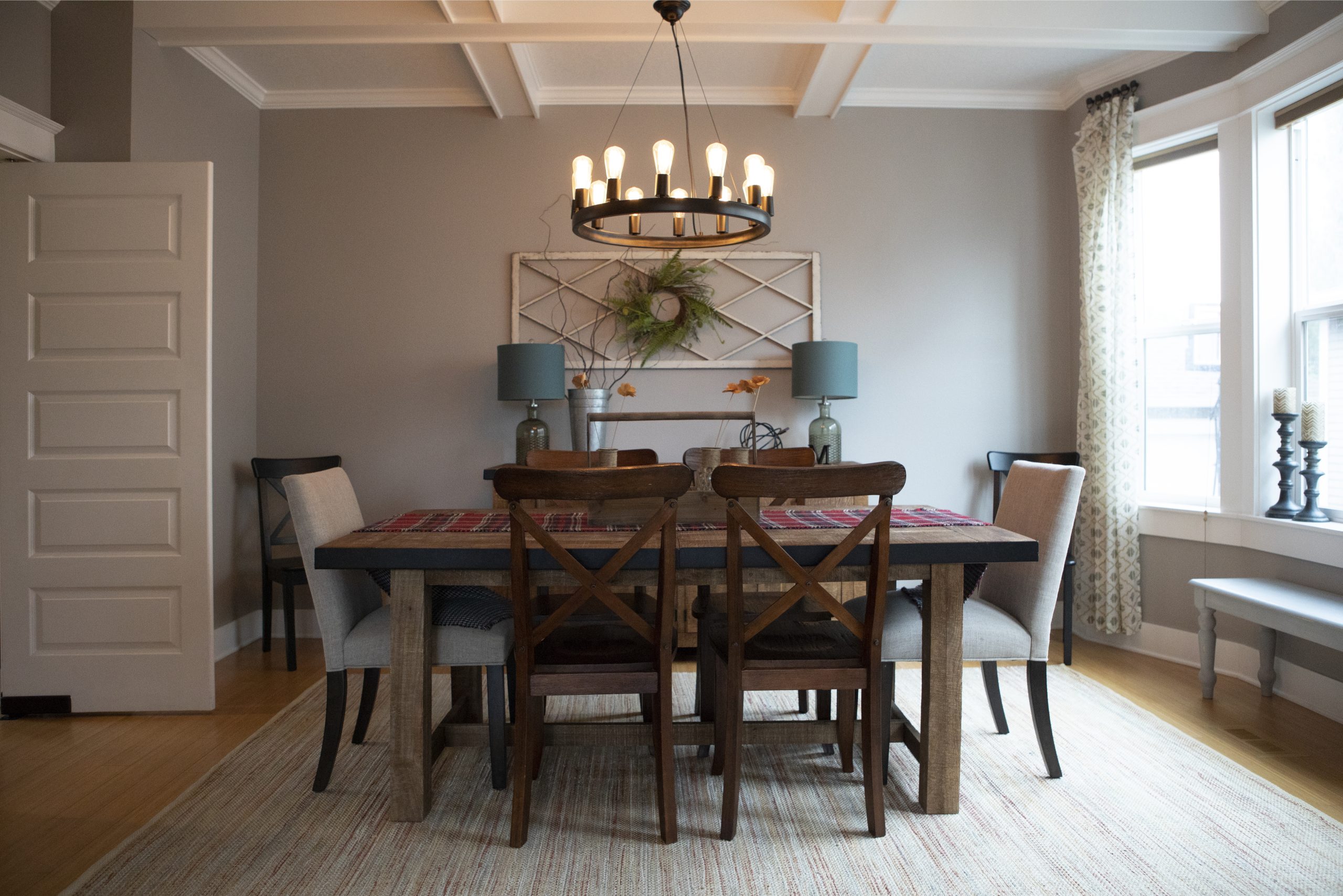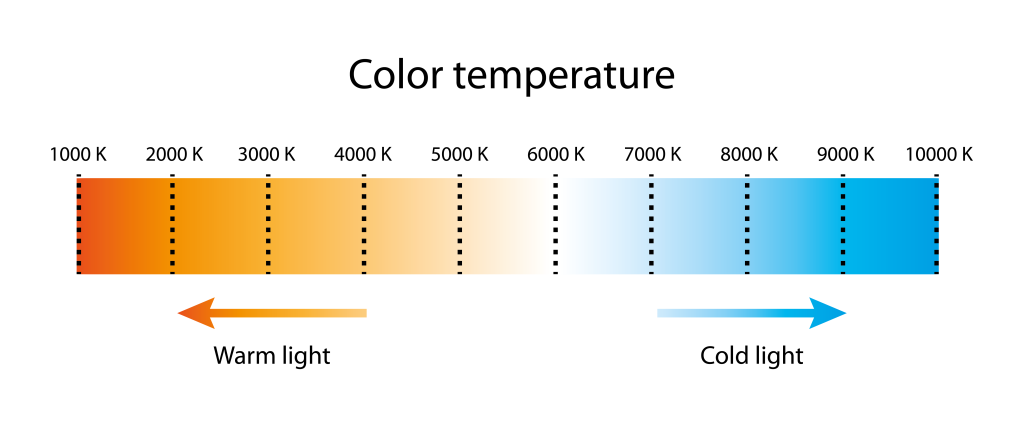Color Temperature and Your Paint

You may have come home from your local Miller Paint with your stack of paint chips only to find that the paint chips in your home now look nothing like the color you saw at the store. There are numerous reasons for this, such as the amount of natural light in your home or the undertones of a particular color showing up in ways that they didn’t before.
However, the main reason this occurs is the visual effect of metamerism, which shows how a color can change depending on the light source shining on it. The color temperature of your home lighting will play an enormous role.
Are you tired of your home colors looking tired and drab? It might be time to consider replacing the bulbs in your home, with an emphasis on the bulb’s color temperature. The color temperature of a light source, measured in Kelvins (K), ranges from “warm” to “cool”. These ranges will drastically affect the look of certain colors in your home.

Color Temperature of your Bulbs
Warm light has a lower color temperature, typically between 2,700K and 3,000 K. It creates a cozy and inviting atmosphere and is commonly used in living rooms, bedrooms, and dining rooms. Warm light, with a yellowish tint, can make colors appear warmer and more saturated.
Cool light has a higher color temperature, typically between 4,000K and 6,500 K. It creates a bright and airy atmosphere and is often used in kitchens, bathrooms, and offices. Cool light has a blueish tint that can make colors appear cooler and less saturated.

The Effect on Color
The color temperature of your lighting can significantly impact how your paint looks at home. Here are a few things to keep in mind:
Warm light/Incandescent bulbs will add a warm, sometimes yellowish hue to a room. Many people use these lighting options to warm up a room that doesn’t get much natural sunlight or to complement warm paint colors. This can be a good choice for rooms where you want to create a cozy and inviting atmosphere.
Soft White Light comes the closest to emulating natural lighting. While this is typically a good medium ground for your lighting, it still affects colors. They will intensify warmer colors like reds, oranges, and yellows while dulling cooler colors, light greens, blues, and purples.
Cool light/fluorescent Bulbs can make colors appear cooler and less saturated. Fluorescents pair nicely with cool blues, greens, and grays, ideal for rooms where you want to create a bright, airy atmosphere.
When choosing paint colors for your home, it's important to experiment with different lighting conditions to see how the colors look under different types of light. This will help you choose the colors that will look best in your home.

LRV of your paint Color
A more technical way to evaluate color choice and temperature for your home is to examine the Light Reflective Value (LRV) of a color. The LRV of a paint color measures the amount of light that reflects off the pigmented surface on a scale of 0 to 100, where 0 is complete blackness and 100 is completely white. Lighter colors will have LRVs closer to 100, while darker colors will have LRVs closer to 0.
The LRV of a paint color can significantly impact the overall look and feel of a space.
A paint color with a high LRV will reflect more light and make a space feel brighter and airier. This is a good choice for small spaces or rooms that don't get a lot of natural light. Paint color with a low LRV will absorb more light and make a space feel cozier and more intimate. This is a great idea for large spaces or rooms that get a lot of natural light.
How do you find out what a paint color's LRV is? You can find this information on the back of the color chip or on our web page through our Digital Fan Deck.
